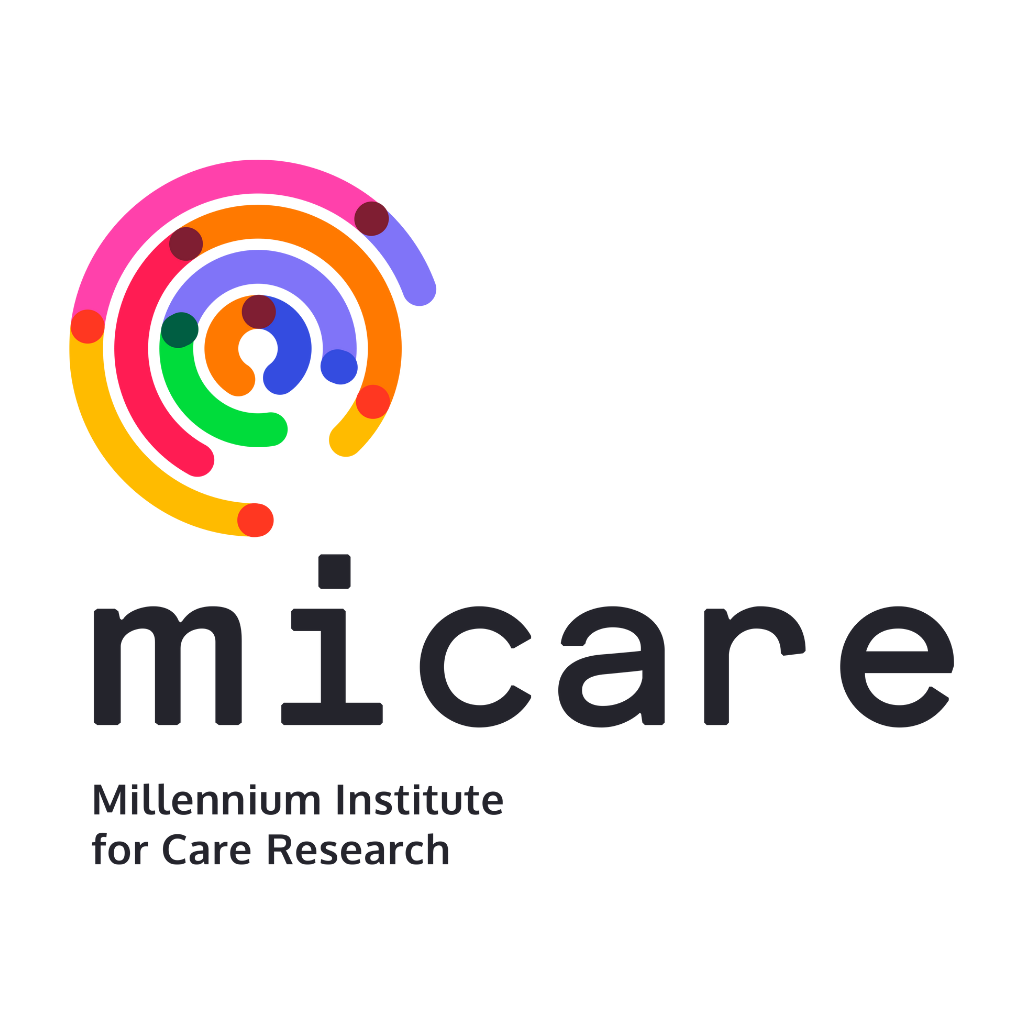Article published by MICARE researcher, Pablo Villalobos Dintrans, Sanam Roder-DeWan and Huihui Wang.
The aims of the paper are to describe experiences of countries with networks of care’s (NOCs’) financial arrangements, identifying elements, strategies and patterns, using a modified cross-case analysis, focusing on each network’s financing functions (collecting resources, pooling and purchasing).
Results
Countries differ in their strategies to implement and finance NOCs. Two broad models were identified in the six cases: top-down (funding centrally designed networks) and bottom-up (financing individual projects) networks. Despite their differences, NOCs share the goal of improving health outcomes, mainly through the coordination of providers in the system; these results are achieved by devoting extra resources to the system, including incentives for network formation and sustainability, providing extra services and setting incentive systems for improving the providers’ performance.
Conclusions
Results highlight the need to better understand the financial implications and alternatives for designing and implementing NOCs, particularly as a strategy to promote better health in low- and middle-income settings.

